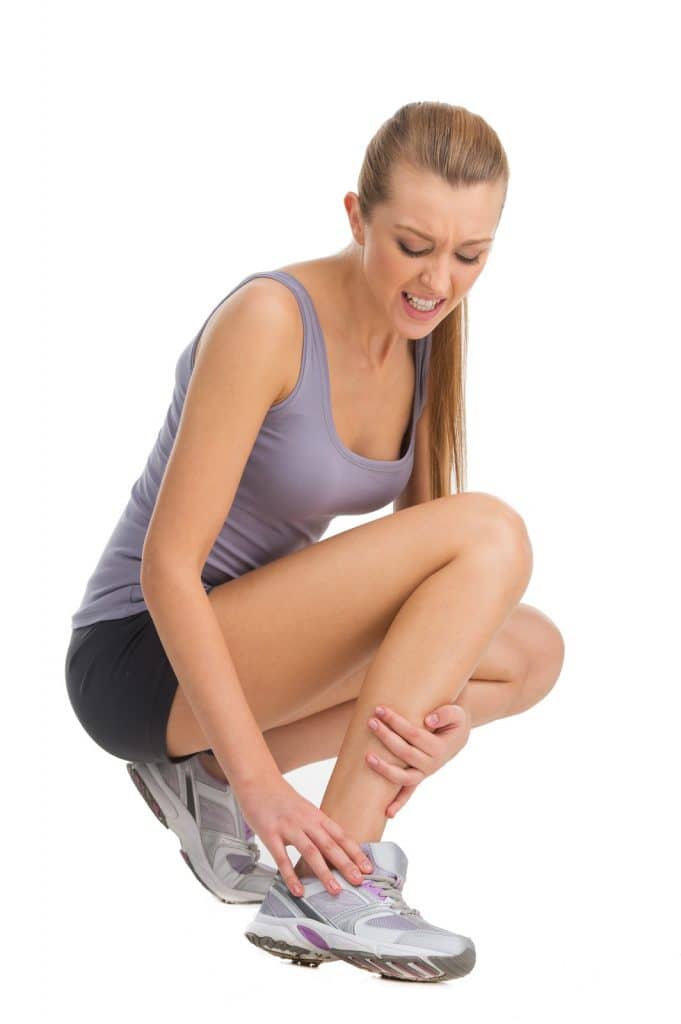Food Addiction, it’s a Thing
Patients often tell me that they eat when they are either bored or lonely. They can be very structured and disciplined with their diet otherwise, but this emotional eating is their dietary undoing. It doesn’t help that food manufacturers strive to make foods as addictive as possible. There was an excellent book review on eating as entertainment and food addiction in the New Yorker several years ago. I’ve borrowed this excerpt from it because I couldn’t have written it better:
“David A. Kessler, a former commissioner of the Food and Drug Administration, says that it’s not that sweet and oily foods have become less expensive; it’s that they’ve been re-engineered while we weren’t looking. Kessler spends a lot of time meeting with (often anonymous) consultants who describe how they are trying to fashion products that offer what has become known in the food industry as “eatertainment.” Fat, sugar, and salt turn out to be the crucial elements in this quest: different“eatertaining” items mix these ingredients in different but invariably highly caloric combinations. A food scientist for Frito-Lay relates how the company is seeking to create “a lot of fun in your mouth” with products like Nacho Cheese Doritos, which meld “three different cheese notes” with lots of salt and oil. Another product-development expert talks about how she is trying to “unlock the code of craveability,” and a third about the effort to “cram as much hedonism as you can in one dish.”
Kessler invents his own term—“conditioned hypereating”—to describe how people respond to these laboratory-designed concoctions. Foods like Cinnabons and Starbucks’ Strawberries & Crème Frappuccinos are, he maintains, like drugs: “Conditioned hypereating works the same way as other ‘stimulus response’ disorders in which reward is involved, such as compulsive gambling and substance abuse.” For Kessler, the analogy is not merely rhetorical: research on rats, he maintains, proves that the animals’ brains react to sweet, fatty foods the same way that addicts’ respond to cocaine.”
If you would like to read the whole article, which is excellent, here’s the
link:
XXXL: Why are we so fat? By Elizabeth Kolbert
If you are struggling with food addiction, get healthy eating advice from our naturopathic doctors. Book now.





 Avocado Health Benefits: Guacamole Anyone?
Avocado Health Benefits: Guacamole Anyone?











